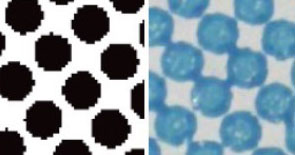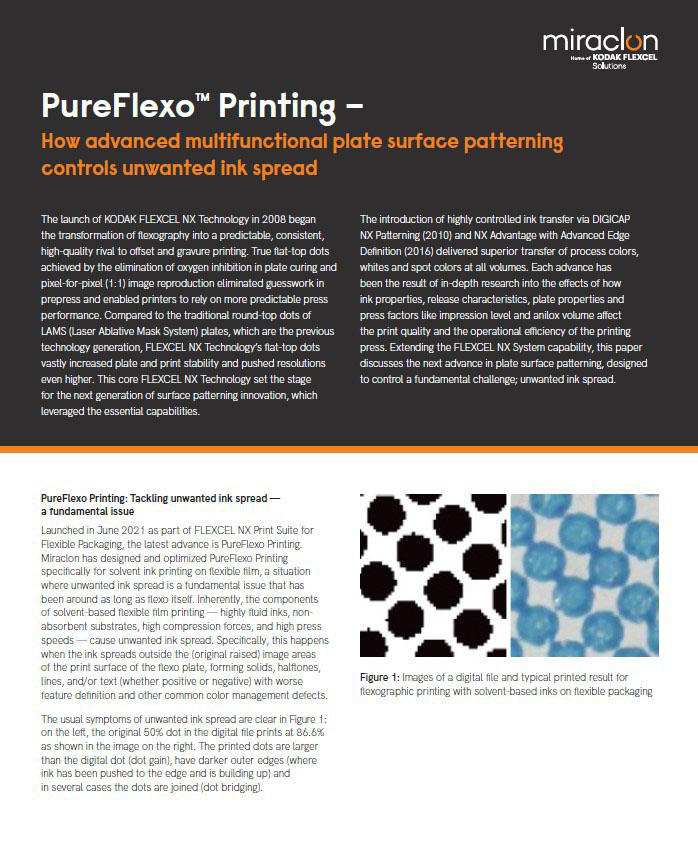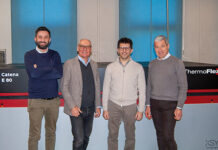Miraclon publishes white paper on overcoming unwanted ink spread — how tackling flexo’s fundamental issue improves on-press efficiency and packaging quality
 A new white paper from Miraclon takes an in-depth look at how the company’s PureFlexoTM Printing Technology overcomes unwanted ink spread, a fundamental challenge for solvent-based flexible film printing for as long as flexo has been around.
A new white paper from Miraclon takes an in-depth look at how the company’s PureFlexoTM Printing Technology overcomes unwanted ink spread, a fundamental challenge for solvent-based flexible film printing for as long as flexo has been around.
Unwanted ink spread happens when ink spreads outside the (original raised) image areas of the print surface of the flexo plate, forming solids, halftones, lines, and/or text (whether positive or negative) with worse feature definition and other common color management defects. Ironically, it has become more widespread as brands adopt flexo as a high-quality printing process capable of the most challenging work, with packaging designs commonly produced at 120 – 150 line screens.
Until now, brands, printers and converters have lived with it as a stubborn by-product of the highly fluid inks, non-absorbent substrates, high compression forces, and high press speeds used in the process. The ‘dirty print’ it causes means presses have to run slower, unscheduled stoppages to clean plates are more frequent — an average of six per press per day, according to Miraclon research — and press setup latitude is reduced.

PureFlexo Printing – How advanced multifunctional plate surface patterning controls unwanted ink spread explains the causes of ink spread, illustrates the symptoms, and how the corrective workarounds press operators commonly take — adjusting impression forces, using harder tapes, and lower-viscosity inks — only exchange the initial problem for others, such as ink starvation, pinholes, voids and loss of density.
It then analyses in detail how PureFlexo Printing, the latest, most advanced iteration of Miraclon’s groundbreaking plate surface patterning technology, leverages advanced structures just a few microns in size to distribute the impression load, hold ink, and deliver it more precisely to the substrate surface.
“Years of research and expertise in understanding ink transfer mechanisms have gone into the development of PureFlexo Printing,” says author of the paper, Dr John Anderson, Director of Advanced Print Applications at Miraclon. “The result is a remarkably improved print latitude for flexible packaging and a critical tool to break the corrective action cycle. This innovation offers substantial cost savings through greater press uptime, with further cost savings and positive environmental impact through reduced material and energy waste. It also allows for increased scheduling effectiveness post-press in the lamination and conversion processes.”
Copies of the paper are available to download at https://www2.miraclon.com/unwanted-ink-spread























